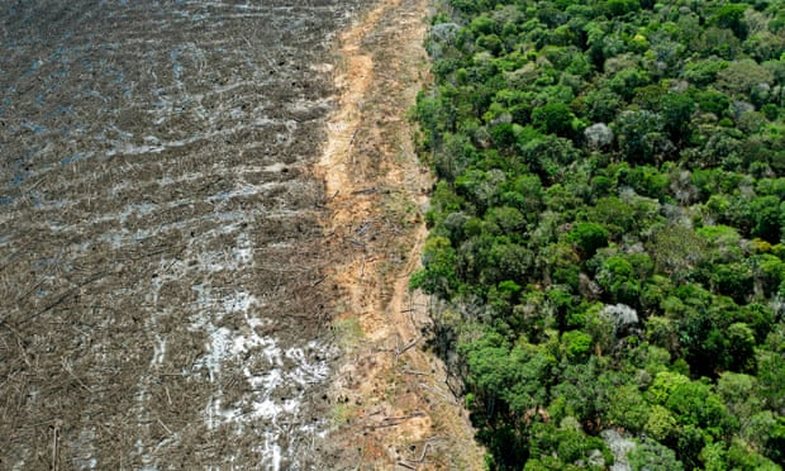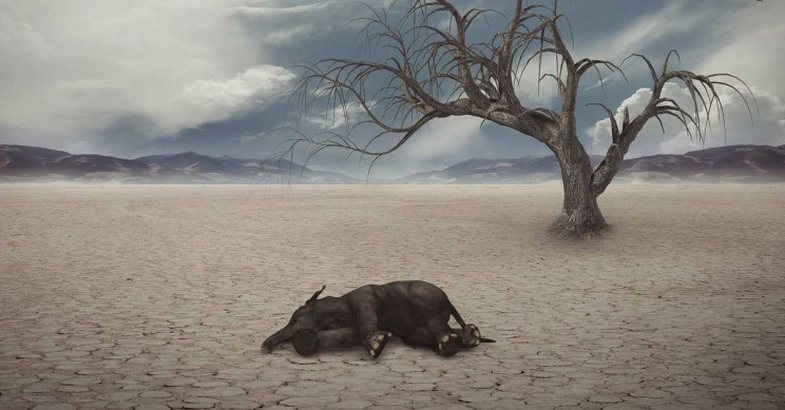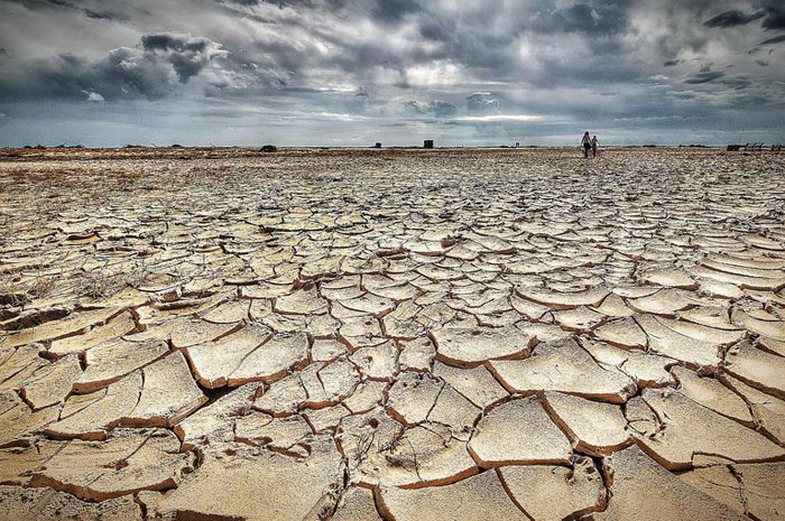
Only 3% of the world’s land is ecologically untouched, with healthy populations of all animal species and endangered habitats, a new study suggests.
These damaged lands are mainly from human activities in some parts of the Amazon and Congo tropical forests, Siberian forests, Canadian tundra, and the Sahara Desert.
Previous analyzes have identified damaged areas based mainly on satellite images and estimated that 20-40% of the Earth's surface is slightly affected by humans. However, the scientists behind the new study argue that forests, savannas and tundra may look intact from above, but in reality, the species is missing.
The new assessment combines maps of man-made damage to habitats with maps showing where animals have disappeared from their original habitat or are too few in number to maintain a healthy ecosystem. In fact, it is widely accepted that the world is in a biodiversity crisis - many wildlife populations are sinking, largely due to habitat destruction for agriculture and construction.
Some scientists think that a sixth mass extinction of life on Earth is beginning, with serious consequences for the food, water and clean air on which humanity depends.

Shën.red. Mass extinctions have occurred due to climate change, asteroid impacts, massive volcanic eruptions, or a combination of these causes. A famous event of mass extinction is that of dinosaurs. In the sixth mass extinction, many populations are endangered day by day due to the climate crisis and the destruction of the environment. This extinction is caused by humans and is accelerating.
"It may be possible to increase the ecologically untouched area by up to 20% through the restoration of species that have been lost in areas where human impact is still low, provided threats to their survival are addressed," said Dr. Andrew Plumptre, lead author of the study by the Secretariat for Key Biodiversity Areas in Cambridge, UK.

Plumpre acknowledged that the maps are relatively rough and that the 3% figure may not be accurate (i.e., have more untouched land). "The problem is that, at the moment, we do not have any other map," he said.
In January, more than 50 countries pledged to protect almost a third of the planet by 2030 to stop the destruction of the natural world.
Burimet: Guardian, Frontiers in Forests and Global





